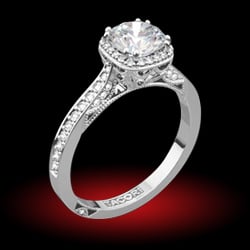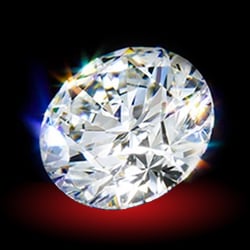Looking for opinions,
I am having a custom ring made. It is pave on the shank.
The question is, how low in color grade should I go in choosing pave stones? The center stone is an E color Radiant and the band is white gold.
I have as options D IF melee, E-F VS 1-2 melee, and G-H VS 1-2 melee. The e- ring and wedding band have approx 2.8 ct of pave so cost will be somewhat of a factor. Is G-H acceptable or should I opt for a higher color. I understand that all the pave stones are very well cut, fully faceted, 2pt stones.
thanks
K.
I am having a custom ring made. It is pave on the shank.
The question is, how low in color grade should I go in choosing pave stones? The center stone is an E color Radiant and the band is white gold.
I have as options D IF melee, E-F VS 1-2 melee, and G-H VS 1-2 melee. The e- ring and wedding band have approx 2.8 ct of pave so cost will be somewhat of a factor. Is G-H acceptable or should I opt for a higher color. I understand that all the pave stones are very well cut, fully faceted, 2pt stones.
thanks
K.







300x240.png)